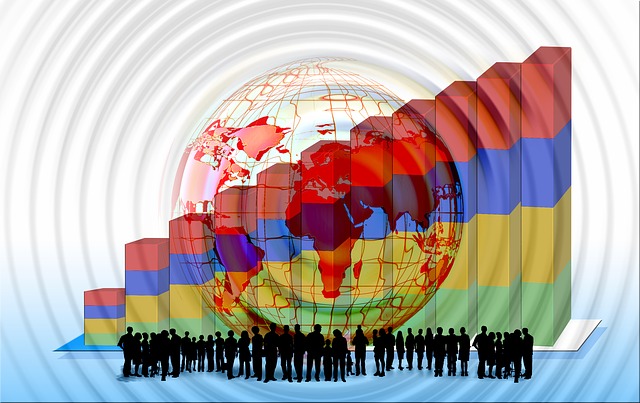La population mondiale qui sera de 6,5 milliards d’habitants en juillet de cette année en dépit de taux de fertilité plus faible, devrait atteindre le chiffre de 9,1 milliards en 2005. La plupart de la hausse prendra place dans les pays en voie de développement explique le dernier rapport des Nations Unis.
The world’s population will reach 6.5 billion by July and, despite lower expected fertility rates, is likely to reach 9.1 billion by 2050, with most of the increase taking place in developing countries, the United Nations Population Division says in its revised report for 2004.
In 2002 the Division had estimated a population in 2050 of 8.9 billion and last week, in a report sent to the 47-member UN Commission on Population and Development, had calculated the figure at 9 billion, reaching the 7 billion mark by 2012.
« World Population Change 1950-2050, the 2004 Revision » is the first of three volumes by the Division on global population trends.
« The world has added nearly 500 million people since 1999 – just six years, » Hania Zlotnik, the new head of the Division, told a press briefing. « The good news is that new estimates show that it will take a little longer to add the next half billion, reaching the 7 billion mark probably by 2013. »
A summary of the report says, « Future population growth is highly dependent on the path that future fertility takes. »
Median fertility is expected decline from 2.6 children per woman today to slightly over 2 children per woman in 2050. If fertility were to remain about half a child above that level, world population would reach 10.6 billion by 2050, while fertility half a child below the median would lead to a population of 7.7 billion by mid-century.
« At the world level, continued population growth until 2050 is inevitable, even if the decline of fertility accelerates, » according to the report.
Almost all of the increase will take place in the less developed countries, whose populations is expected to reach 7.8 billion in 2050 from 5.3 billion now, while the population of the more developed countries will remain around 1.2 billion, it says.
Between 2005 and 2050, eight countries – India, Pakistan, Nigeria, the Democratic Republic of the Congo (DRC), Bangladesh, Uganda, the United States, Ethiopia and China – are likely to contribute half of the world’s population increase, while the population would at least triple in Afghanistan, Burkina Faso, Burundi, Chad, Congo, the DRC, Timor-Leste, Guinea-Bissau, Liberia, Mali, Niger and Uganda.
Fertility in the 44 developed countries remains generally low, with any increases being small, the report says.
In the 60 countries worst affected by HIV/AIDS, the impact of the disease is seen in increased morbidity and mortality and slower population growth, the report says.
« We must take more urgent action to promote access to reproductive health, including family planning, and fight HIV/AIDS to save millions from AIDS and maternal death, as well as to reduce poverty in developing countries, » UN Population Fund Executive Director Thoraya Ahmed Obaid said after reading the figures.
« As the world reviews the Beijing women’s conference next week, we must promote women’s rights to protect their welfare and health, especially reproductive health. Too many of our sisters in developing countries are lost to their families and societies due to maternal death. We must do better to empower women to help eliminate poverty and promote prosperity. »



